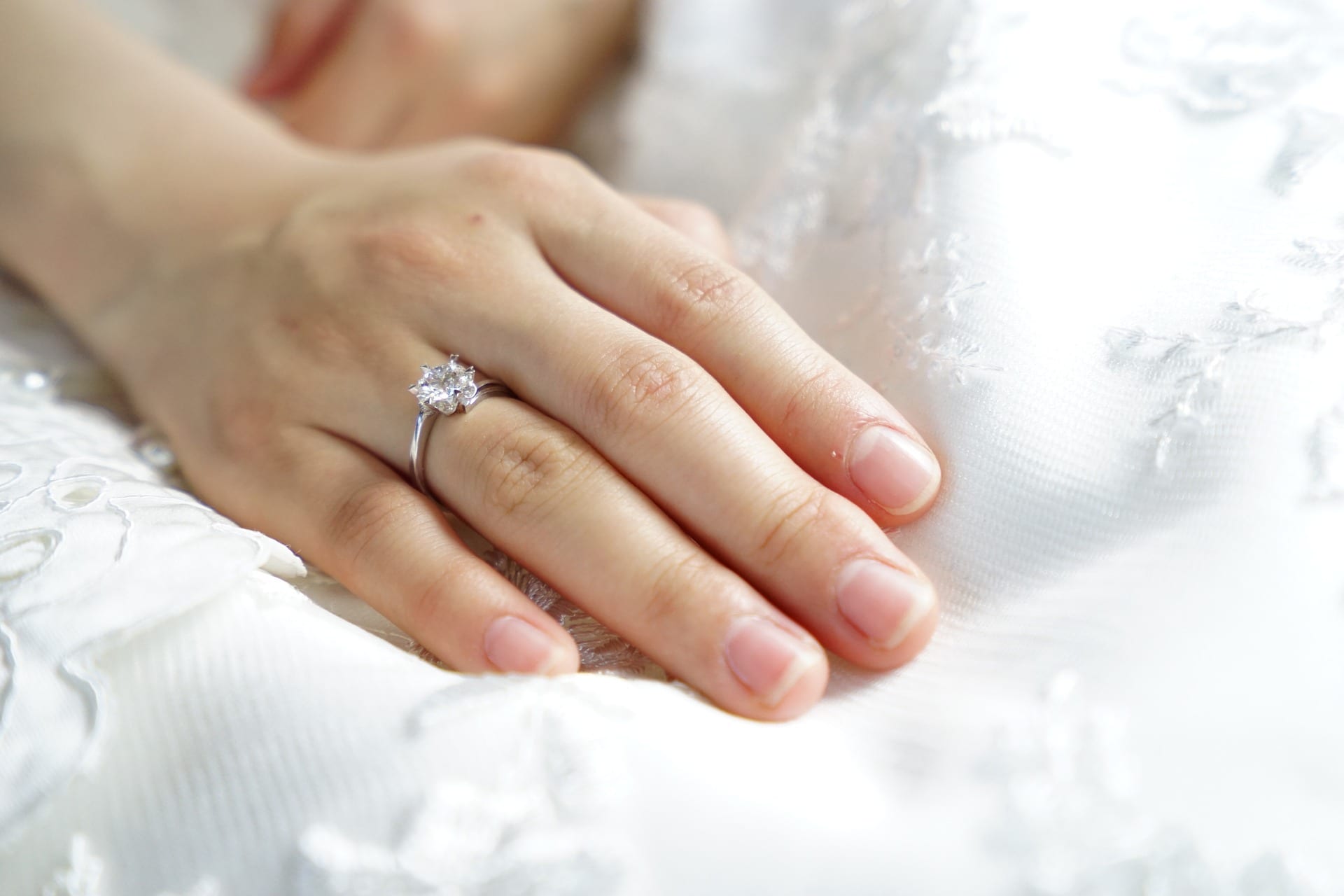Today a good shopper has many choices to consider when buying a perfect gemstone. The Lab-Created Revolution has forever changed the stranglehold the mined precious stone industry has long held on consumer choice. Now, couples can select from traditional mined diamonds, and several good alternatives; Grown Diamonds, which are real diamonds, a similar as what comes from the earth, Diamond Replicas, which are engineered crystals that near exactly duplicate the look and strength of diamonds, and finally, Moissanite, which really is a beautiful stone and a good alternative, but has an alternative look than a diamond.
What’s Moissanite?
Moissanite is a created crystal made, almost exclusively, with a company named Cree, Inc. It’s made up of the compound silicon carbide (SiC), which is also used in LED lights. Cree, Inc. is a leader in the manufacture of LED light bulbs, and also other products.
Silicon carbide can be grown into large crystals that may then be cut into gemstones. An organization called Charles & Colvard gets the exclusive patent and right to use silicon carbide as a gemstone material. All moissanite rings legally bought from the U.S., irrespective of who’s doing the selling, comes from Charles & Colvard. A couple of foreign companies that are illegally importing “knock-offs” of moissanite and they are wrongfully for sale through various websites.
A Short History of Moissanite Engagement Rings
Moissanite in mineral form was initially noted by French geologist Henri Moissan while examining rock samples from near a meteor crater in Arizona. This lead to numerous sellers of moissanite rings to later falsely claim that moissanite “Originates from the Stars”. The truth is, the naturally occurring mineral form of moissanite is situated in several rock formations around the world, like the Green River Formation in Wyoming, but it isn’t found as crystals ideal for use as gemstones. All moissanite crystals used as charms in the U.S. are manufactured by Cree, Inc.
Moissanite as a distinctive Jewel
Moissanite is at its best when considered as a separate and various jewelry option from diamonds. Moissanite has several very attractive attributes as a jewel; it’s very hard and durable, and it’ll last an eternity. It will stand up to a lot of heat, so a careless jeweler will not be able to damage it with a jewelers torch (as they easily can with rubies, emeralds and cheap diamond replacements like CZ’s).
The truly beautiful thing about moissanite gems through, is the stone’s radiance and brilliance. Moissanite has over double the radiance of diamonds, so they appear much more “sparkly” They reflect many more colors of the rainbow than precious stone or any other jewel. They blaze with multiple colors and lots of flash.
However, anywhere near this much greater radiance does make them look not the same as a diamond.
Moissanite is quite affordable, it’s typically coming in at between $300 and $400 a carat. (if you see it for under this it could very possibly be considered a fake).
Also, because they are a manufactured gemstone, they do not have the environmental or ethical problems of mined diamonds.
Compare moissanite light diffusion compared to that of an mined diamond
Moissanite as a Diamond Replacement
There are plenty of visual distinctions that are easy clues that a moissanite is not a diamond. Not only is it much more sparkly, moissanite has an alternative crystal structure from diamond, leading to something called “birefringence” which is how light is bent as it passes through the stone. Diamonds are “single refractive” and moissanite is “double refractive” gives it some other look. Further, moissanite is normally a somewhat grey or green color, that can be very noticeable in sunlight, although Charles & Colvard has recently introduced something called Forever Brilliant® which enhances the color problem somewhat.
Here is a chart of the entire technical distinctions between Moissanite vs. Diamond:
Compare physical properties of moissanite to mined diamond
Will People Know Your Moissanite GEMSTONE is not a Diamond?
If they see your moissanite gemstone by itself, with nothing to compare it with, they’ll most likely not know the difference. If indeed they consider it hand and hand with a gemstone ring, or if they know a lot about diamonds and gems they likely will. An experienced jeweler, for instance, can often spot a moissanite across a room.
Another problem is that if you select a ring with side stones, often those stones will be diamonds, and then the moissanite center stone won’t match. It is because many jewelers buy engagement rings that are “semi-set” this means the ring is made and the tiny stones are set at the charms factory, and then the customer buys the guts stone separately and the jeweler sets it. If the client chooses a moissanite center stone, and the semi-set sides are diamond, it will not match.



